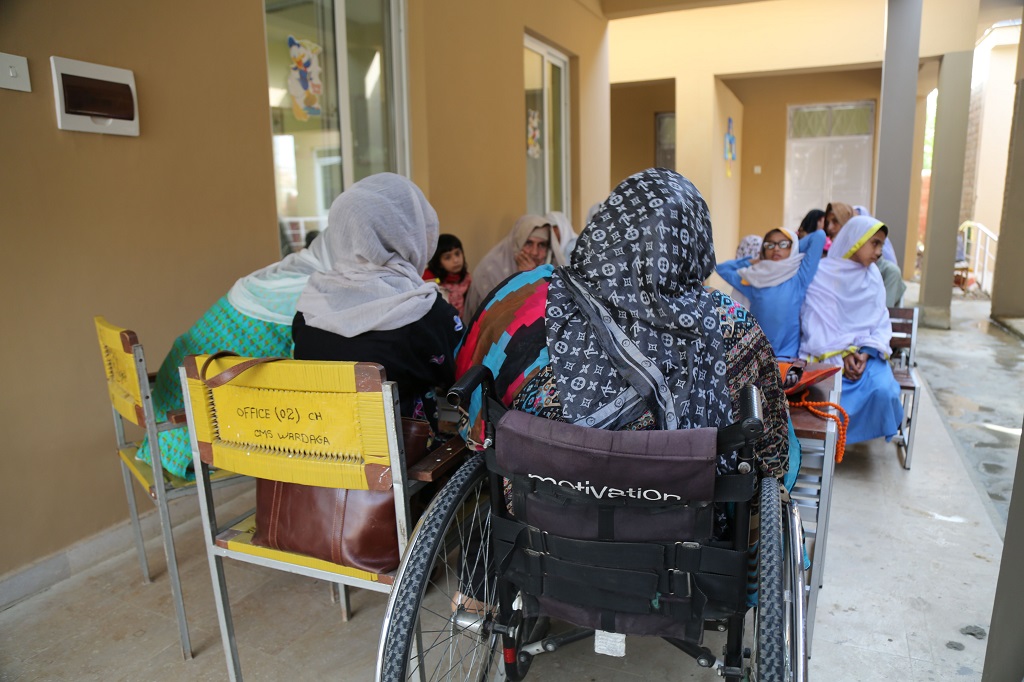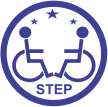Inclusive Education
As argued by Peter Mittler, a renowned British educationist, inclusion should be at the heart of both education and social policy. Inclusion `involves a process of reform and restructuring of the school as a whole` to cater to the diversity of children with different conditions and disabilities.
Pakistan has the lowest literacy rates in South Asia. The Pakistan was placed at 150 among 189 countries in UN’s 2018 Human Development Index’s (HDI) annual ranking that is measured by combining indicators of life expectancy, educational attainment and income, while Bangladesh, India, Bhutan, and Maldives fall in medium HD bracket, and Sri Lanka in the high HD bracket. The report rightly points out that `when educational attainment is reduced, vulnerabilities are transmitted across generations by limiting children`s future learning and employment opportunities`.
As far as International Commitments on Inclusive Education are concerned, in 1994, the World Conference on Special Needs Education in Salamanca called for inclusion as the guiding principle for integration of children in society regardless of their physical, intellectual, social, emotional, linguistic or other conditions. Later, the Biwako Millennium Framework for Action passed a resolution in 2002 for an inclusive, barrier-free and rights-based society for persons with disabilities.
Inclusive education is a pairing of philosophy and pedagogical practices that allow each student to feel respected, confident and safe so he or she can learn and develop to his or her full potential. It is based on a system of values and beliefs centered on the best interests of the student, which promotes social cohesion, belonging, and active participation in learning, a complete school experience, and positive interactions with peers and others in the school community.
The obstacles to a good education faced by millions of children in South Asia are daunting enough. For the 10% of the region’s young people who are estimated to have some kind of disability, the barriers are compounded. Overall it is clear that large numbers of children who struggle daily with additional hardships are not getting the chance to improve their lives through education. This means, of course, they are caught in a spiral of low expectation, low esteem and low income.
The minority of children with disability that do get places are often not sitting in the same classroom as other boys and girls because of a sense that they need to be separated and treated differently. Globally it is estimated that 70% of children with disabilities, including those with mild mental retardation, can attend regular schools provided the environment is designed to be accessible and the institution is willing to accommodate them.
STEP’s endeavors in Inclusive Education
STEP’s endeavors in Inclusive Education are remarkably successful when it comes to providing safe and accessible infrastructure in the schools. The key highlights are of a project implemented in 2017-18 (Promotion of Inclusive Education through the Participation of Girls with Disabilities in Mainstream Schools), wherein 22 girls with diverse disabilities were enrolled in 22 schools of Nowshera and Charsadda. To supplement inclusive education in these 2 districts, 92 teachers were trained on inclusive education teaching methodology.
STEP also engaged 1329 community members for the promotion of inclusive education. Through which 16 UC nazims and 2 district nazims were the flag barrier of this cost. In this project STEP distributed 180 assistive devices which include wheelchair, crutches, walker, white cane and hearing aids. STEP identified 240 girls with disabilities from 22 medicals camp and 180 girls with disabilities were found deserving for assistive devices in order to continue their education. STEP also organized 22 hygiene sessions, wherein 1129 students including 220 girls with disabilities were trained on personal hygiene.
STEP organized two policy dialogues with the key stakeholders at provincial chapter. The main outcome of these policy dialogues was that the Ministry of Education, KP notified that no children with disabilities will be denied from enrollment in any public school, similarly all schools should have ramps and accessible washroom.
STEP also engaged 1329 community members for the promotion of inclusive education. Through which 16 UC nazims and 2 district nazims were the flag barrier of this cost. In this project STEP distributed 180 assistive devices which include wheelchair.

